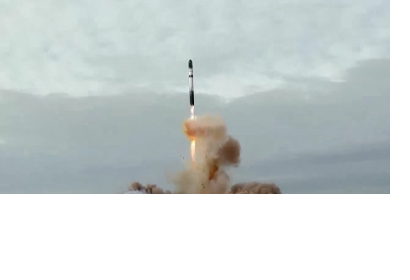On 6 November 2014, five Japanese satellites were sent into orbit from the Dombarovsky launch site, in Russia.
One of the satellites launched was ASNARO-1, an Earth observation mission funded by the Government of Japan in 2008. The Advanced Satellite with new System Architecture for Observation (ASNARO) mission will be used in the fields of environmental observation, disaster monitoring and security enhancement. ASNARO-1 has an expected life span of 3 years and a swath width of 10 km.
ASNARO-1 was sent into space together with four micro-satellites in the 50-Kilogram weight class dedicated to various technical demonstrations, Earth observation and scientific studies: Hodoyoshi-1, ChubuSat-1, Tsubame and QSAT-EOS. Tsubame is an experimental micro-satellite designed for the remote-sensing of the Earth and for high-energy astrophysics experiments; Hodoyoshi-1 satellite was built to catch detailed images of the Earth surface (up to 6.8 meters); ChubuSat-1 satellite comprises an optical and an infrared camera with a resolution of 10 meters; QSAT-EOS (KYUshu SATellite for Earth Observation System) is a small satellite set to transmit Earth's surface images, measure the Earth's magnetic field and observe vapor in the atmosphere at high altitudes.

